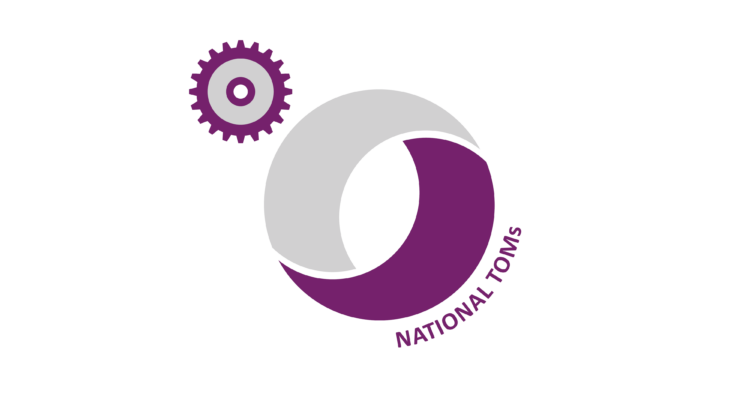Social Value is a methodology that is driven by public sector through supply chain. It’s likely that as a business, the first time you’ll come across it is in a tender document, where some of the scoring of the overall response will be ‘weighted’ towards how well you answer the SV question (usually about 10%).
It’s not ideal, being introduced to Social Value (SV) by a tender, but life isn’t ideal. And if you’ve come across SV in this way, you could be forgiven for viewing it as just another client requirement – an ‘add on’ process aligned with delivery of a specific contract.
But it’s not. SV is something that a company needs to hold close. Your SV should be just that – YOUR SV, not your clients. There’s a really practical reason for this. As SV becomes more established, you’ll see it within a wider range of contract documentation, and each client will be asking for different SV delivery activities. This is because SV should be aligned with the type, value and usually location of contract delivery.
If you’re delivering different services in a range of locations, SV is very quickly going to become pretty complicated, unless you’ve got a considered process for delivering it. Spending time thinking about this ‘central system’ is the process of defining your own company SV priorities.
Spending time assessing which of the myriad SV indicators and activities you could or should deliver BEFORE you sit with a tender helps you target your response. The client is looking for a structured SV action plan within a contract – something which tells them you understand the appropriate social value you can add within this contract, you understand how to deliver it and you have the skills and capacity to deliver it well.
A company SV policy forms the basic building blocks on which you can develop targeted delivery in diverse locations for diverse clients. You’ve already thought about your skills, time resource, assets, local connections and processes and aligned these within an SV framework.
Let’s use a practical example:
Imagine that your company delivers a specialist, site-based service for the energy sector. Typically, you might be contracted for delivery over a 3 year period, and in order to service contracts effectively you need staff based on site.
For that contract, it’s likely that an SV question (within tender) is going to ask you to explain how you’ll make difference for the local community where the contract is going to be delivered. If the question is asked well (and they aren’t always, so make no assumptions!) it’ll probably give you some pointers as for the kind of thing they’re looking for.
Public sector organisations are usually pretty good at producing documentation which highlights ‘socio-economic’ need within areas – basically saying which communities are more disadvantaged, and the kinds of activities that might help solve this disadvantage. A good SV tender question is likely to direct you to this information.
So, you’ve had a look at social ‘need’. Now you should be thinking about how your organization can help solve someone of those social issues by the way that you deliver the contract.
You start to see that much of SV focuses on your people strategy, but if your head office isn’t at that location, how are you going to answer that question?
This is where the TOMs Social Value indicators are really helpful. At their most basic, they’re just a set of ideas for activities that you could do, to make a positive difference for an area. They’re not exhaustive – you can come up with your own, but they are a good starting point.
These activities are going to be based on your company, your skills, your people and your processes. One size doesn’t fit all, and it’s worth having spent some time thinking about the implications of committing to activities – hence ideally, you don’t want to be starting from scratch with a tender deadline ticking.
If you already have a considered company SV process, then aligning this to contract delivery becomes much more straightforward. You’ve assessed what types of activity fit with your organization, and you’re confident about commitments you will be making within contract delivery. These will be monitored, so you need to know how you will deliver and record activities.
This is a new way of thinking about things, but it will soon become just another business process, albeit one which has a real ‘feel good factor’. Who doesn’t want to make a difference for the most vulnerable in our societies? We might never have imagined that making a difference would become integrated into the way we do business, but it’s a brave new world out there – I’d advise you to embrace it.






